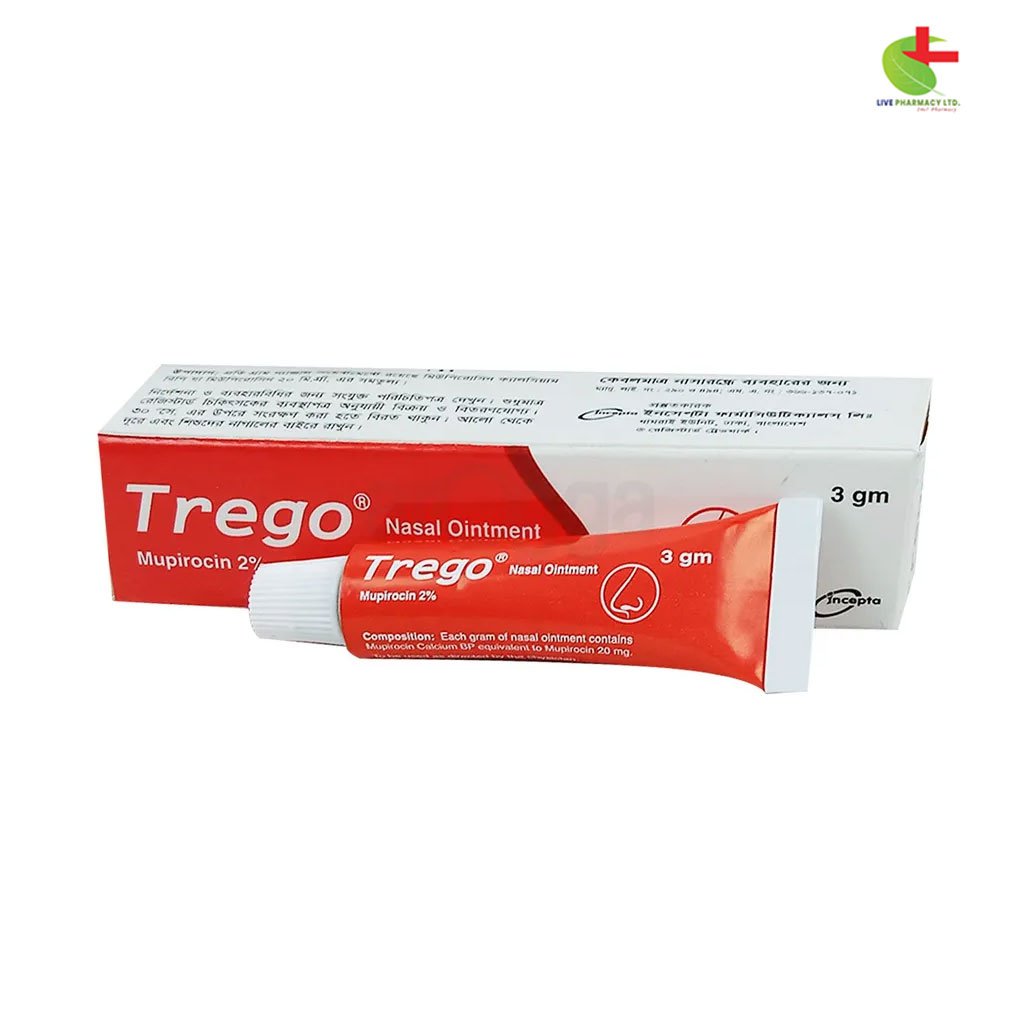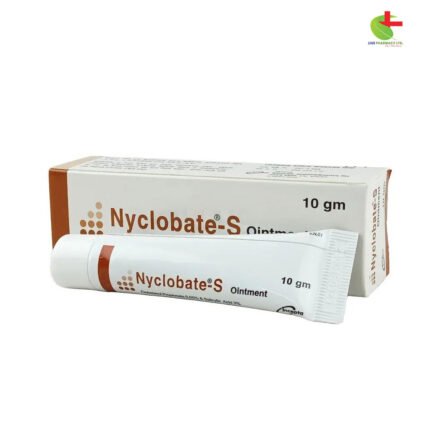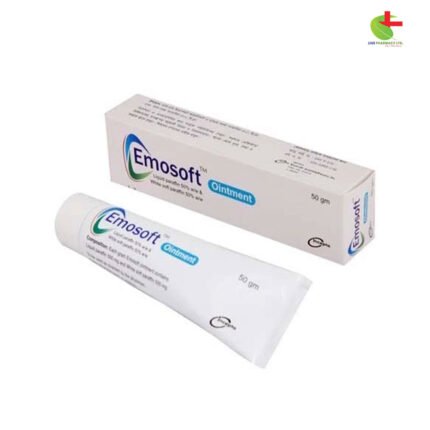Trego Nasal
150.00৳ Tube (3gm)
- Trego ointment is a topical antibiotic treatment effective against skin infections like impetigo, folliculitis, and furunculosis caused by Staphylococcus aureus and Streptococcus pyogenes.
- It contains mupirocin, a naturally occurring antibacterial agent that targets various bacteria, including MRSA, without cross-resistance to other antibiotics.
- Safe for children aged 2 months and older, it should be applied 3 times daily for up to 10 days.
- Use with caution during pregnancy and breastfeeding, and avoid mixing with other products to maintain its effectiveness.
 Brand
Brand
|
Incepta Pharmaceuticals Ltd |
|---|---|
 Generics
Generics
|
Mupirocin |
 Type
Type
|
Nasal Ointment |
Indications
Trego ointment is prescribed for topical use in treating impetigo, a bacterial skin infection commonly caused by Staphylococcus aureus and Streptococcus pyogenes. Additionally, it is effective for treating conditions such as folliculitis and furunculosis. Please use under the guidance of a registered healthcare provider.
Pharmacology
Mupirocin, the active ingredient in Trego ointment, is a naturally occurring antibiotic derived through the fermentation of Pseudomonas fluorescens. Known for its broad antibacterial activity, mupirocin is effective against many skin infection-causing bacteria, including Staphylococcus aureus (even methicillin-resistant strains like MRSA), other staphylococci, and streptococci. It also targets some gram-negative bacteria, such as Escherichia coli and Haemophilus influenzae. Mupirocin works by binding reversibly and selectively to bacterial isoleucyl transfer-RNA synthetase, thereby inhibiting protein synthesis in bacteria. This unique action minimizes the risk of cross-resistance with other antibiotic classes. While Mupirocin exhibits bactericidal effects at topical concentrations, the minimum bactericidal concentration (MBC) required to eliminate specific pathogens can be substantially higher—typically between eight and thirty times the minimum inhibitory concentration (MIC).
Dosage & Administration
For effective use, apply a thin layer of Bactropen ointment to the affected area three times daily, continuing treatment for up to 10 days. Clinical studies have verified the safety and efficacy of Mupirocin ointment in children aged 2 months to 16 years.
Pediatric Use: Mupirocin ointment has proven safe and effective in children from 2 months to 16 years, supported by well-controlled studies treating impetigo in pediatric patients. Please use under the guidance of a registered healthcare provider.
Drug Interactions
No known drug interactions have been identified with Trego ointment.
Contraindications
Do not use this product if there is a known sensitivity to Mupirocin or any ingredient in the ointment formulation.
Side Effects
Some individuals may experience mild side effects, including burning, stinging, itching, pain, rash, or dry skin. Other potential effects include nausea, erythema, swelling, tenderness, contact dermatitis, and increased skin discharge.
Pregnancy & Lactation
Animal studies on Mupirocin ointment have shown no evidence of harm to the fetus. However, since there is limited clinical data on its use during pregnancy, the ointment should only be applied when the anticipated benefits justify any potential risks. It is not confirmed if Mupirocin is excreted in human milk, so caution is recommended when it is used by nursing mothers.
Precautions & Warnings
Trego ointment is intended for external use only and should not be applied in the eyes, nose, or near central venous cannulation sites. As with any antibacterial, prolonged use may encourage overgrowth of non-susceptible organisms, including fungi. When applying to the face, avoid the eye area. If any signs of sensitivity or severe irritation develop, discontinue use and consult a healthcare provider for an alternative treatment. Avoid mixing Trego with other products, as this can dilute the ointment, decreasing its antibacterial potency and stability.
Overdose Management
Data on Trego ointment overdose is limited. If overdose occurs, monitor the patient and provide supportive care as necessary.
Therapeutic Class
Classified under topical antibiotics.
Storage Conditions
Store at temperatures below 25°C, shielded from light and moisture. Avoid freezing, and keep out of reach of children.













Reviews
There are no reviews yet.